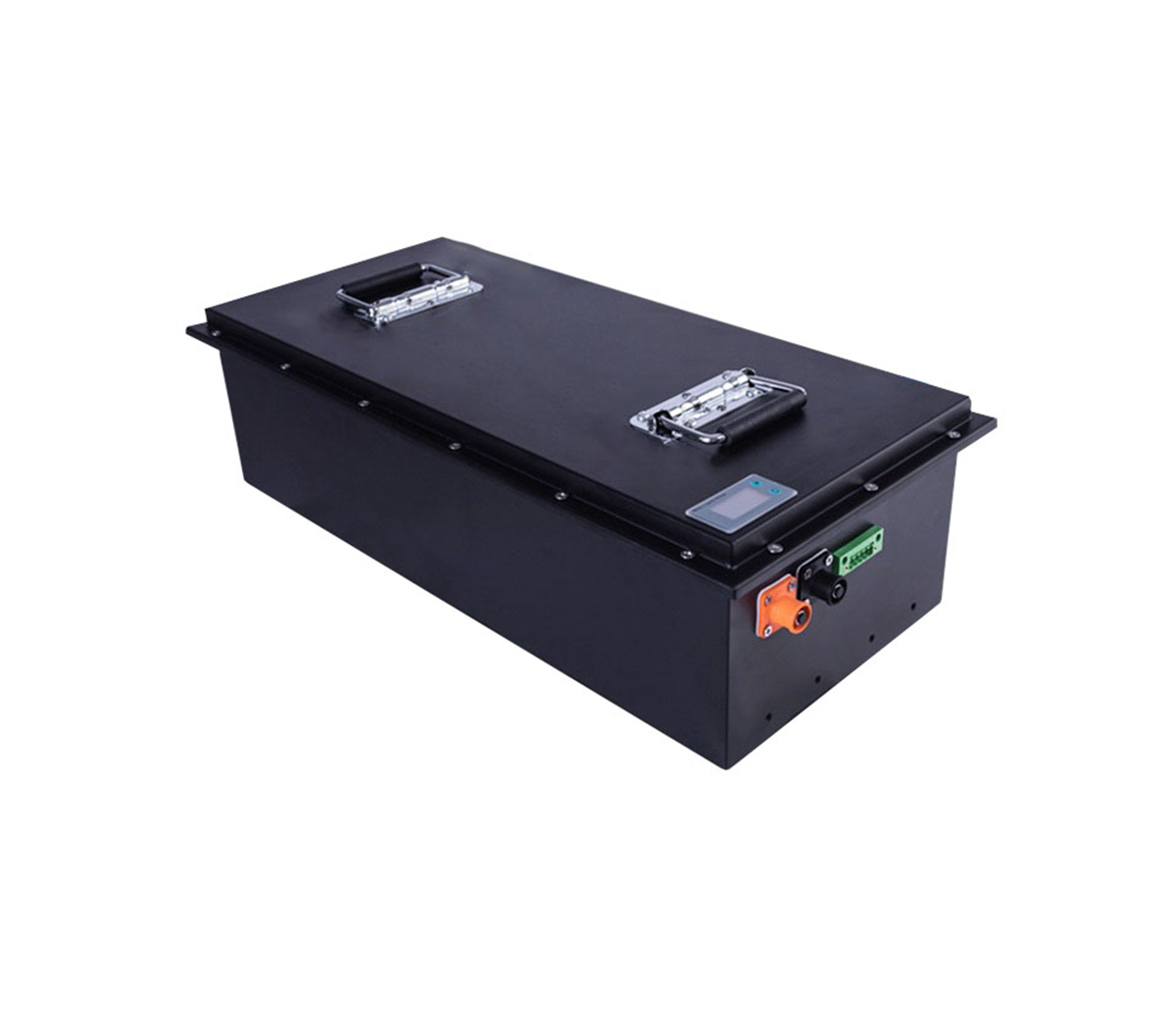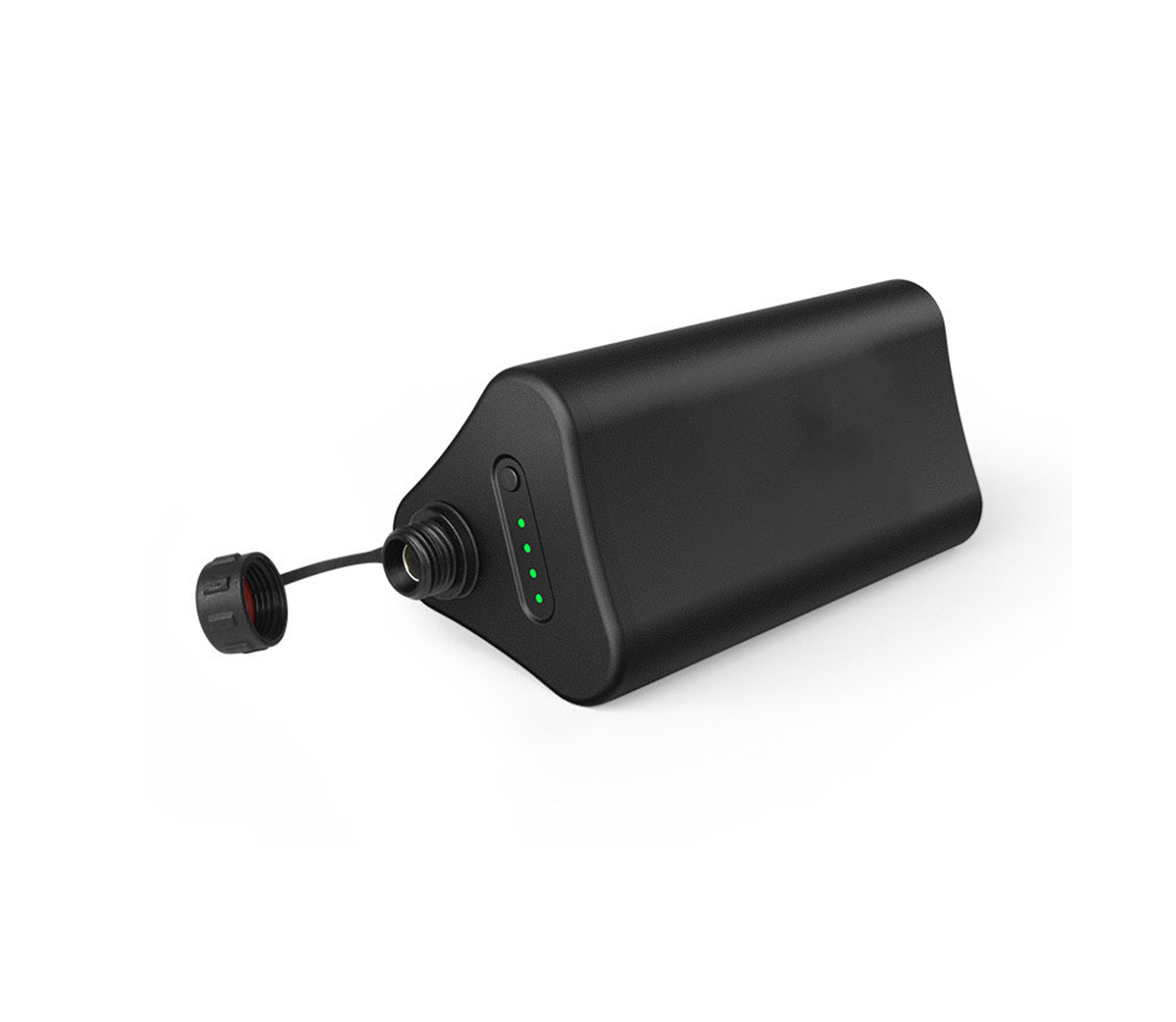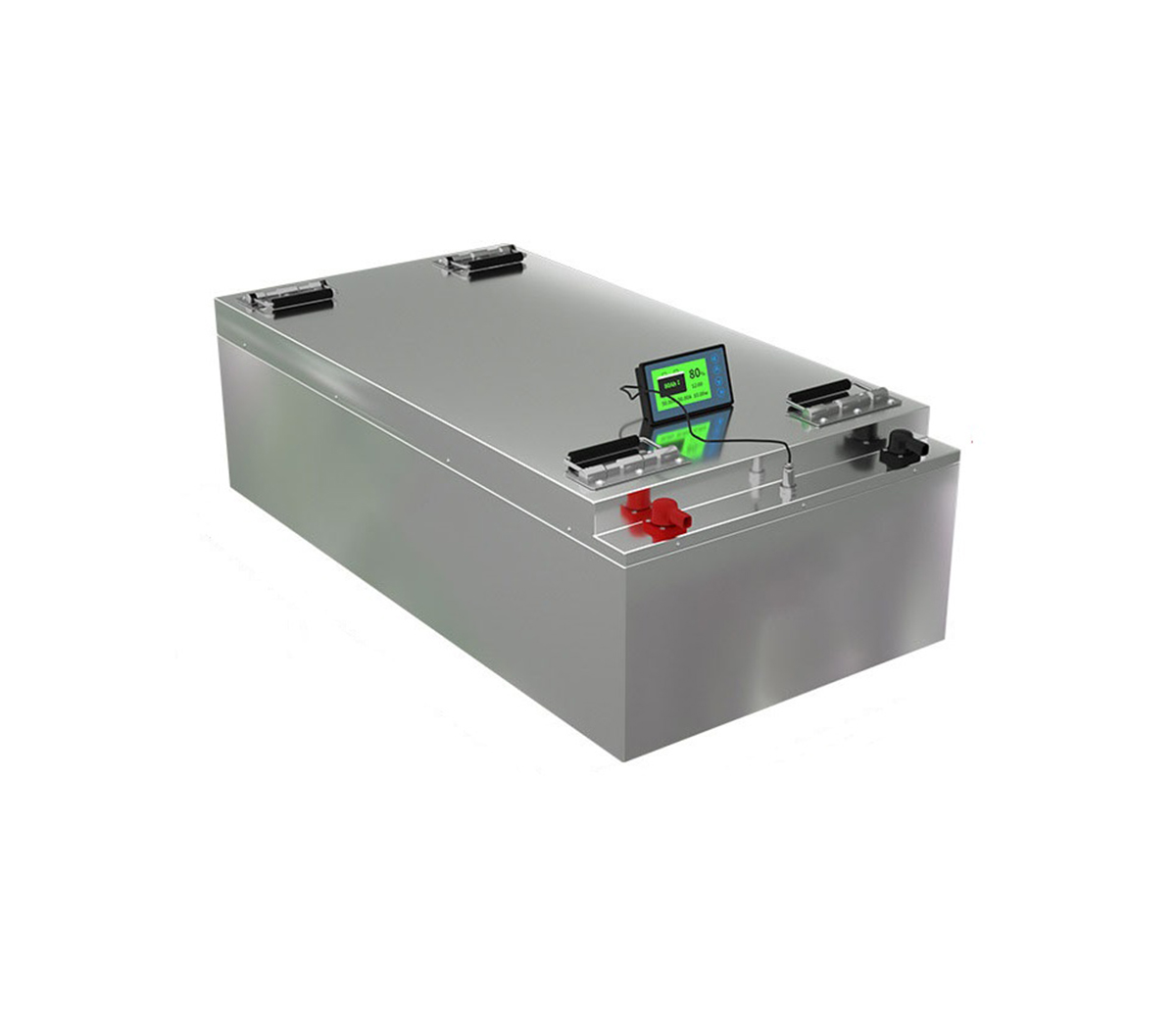What is the technology and scheme of the power lithium-ion battery pack
monitoring system?
Lithium-ion batteries, which have the advantages of high voltage, high
capacity, long cycle life, and good safety performance, have broad application
prospects in many aspects such as portable electronic equipment, electric
vehicles, space technology, and national defense industry. The power lithium-ion
battery pack composed of several lithium-ion batteries connected in series is
currently the most widely used.
Lithium-ion batteries with high voltage, high capacity, long cycle life,
and good safety performance have broad application prospects in portable
electronic equipment, electric vehicles, space technology, national defense
industry, etc. The power lithium-ion battery pack composed of several
lithium-ion batteries connected in series is currently the most widely used. Due
to the inconsistency of the voltage of each single battery, the battery is not
allowed to be overcharged or over-discharged during use, and the performance and
life of the battery are greatly affected by temperature. The series-connected
lithium-ion battery pack must be monitored to ensure that the lithium-ion is in
use The battery is in good condition, or if there is a problem with the battery
in use, an alarm will be issued immediately, and the power management system
will immediately take safeguard measures and remind relevant personnel to
overhaul. The cell voltage and the temperature of the battery pack are the main
technical indicators to distinguish whether the series-connected lithium-ion
battery pack is working properly. Literature [1] uses the direct sampling method
to store the voltage of the single battery to be measured on a non-capacitor for
measurement. This method has slow response time, large error, and complicated
control; literature [2] uses op amps and photocoupling relays to measure the
cell voltage of a series battery pack. This method requires very high linearity
of the optocoupler, leading to higher hardware costs. At present, a
series-connected lithium-ion battery monitoring system that directly uses an
integrated chip is favored, but this method has a fixed number of
series-connected batteries, which leads to shortcomings such as inflexible
application and high hardware cost. In this paper, a power lithium-ion battery
pack monitoring system is developed, which monitors the cell voltage of the
series-connected lithium-ion battery pack and the temperature of the battery
pack online. When the cell voltage deviates from the specified interval, the
monitoring system starts the alarm program to sound, Light alarm; when the
temperature of the battery pack deviates from the specified interval, the
monitoring system activates the fan or heating control circuit and stores
relevant data to ensure the normal operation of the battery pack. The whole
monitoring system has the characteristics of continuous measurement components,
simple economy, high precision and high reliability.
1 system structure
The serial lithium-ion battery pack monitoring system includes a core
control module using 51 series single-chip microcomputers, a lithium-ion battery
pack state acquisition module, a signal conditioning module, an alarm and
processing system module. The monitoring system can form a distributed
monitoring system with a PC through the RS485 interface. Realize a PC to monitor
multiple battery packs in series, and the system structure block diagram is
shown in Figure 1.
The status acquisition module includes the acquisition of the voltage of
the single battery and the temperature of the battery pack, and then the signal
to be measured is processed, sampled by the A/D converter and transmitted to the
single-chip microcomputer for data processing, and the valid data is transmitted
to the local through the serial port With the PC, the monitoring personnel can
grasp the working condition of the battery pack by analyzing the status data,
and deal with the unsafe status in time to ensure the reliability of its
work.
The common ground problem of 2 series lithium-ion battery packs
There are many ways to measure the voltage of a series lithium-ion battery
pack. The simplest is the resistance divider measurement method. The
disadvantage of this method is that the drift error of the large resistance
resistor and the resistance leakage current lead to low measurement accuracy and
affect the consistency of the battery pack. . Another commonly used method is to
use an isolated operational amplifier for each single battery, but it is large
and expensive, and is suitable for occasions that require high measurement
accuracy and do not consider leakage current and cost. The design uses Texas
Instruments' INA117 to solve the common ground problem of serial lithium-ion
battery packs [3]. The distortion of INA117 is 0.001%; the common analog
system ratio is at least 86dB, and the common mode input voltage range is ±200V,
which is suitable for high-precision measurement. .
INA117 has built-in 3 resistors of 380kΩ, 20kΩ and 21.1kΩ, so the external
circuit saves the precision resistance, reducing the error and system complexity
caused by the precision resistance. Figure 2 is the connection method of INA117
outputting the voltage of a battery. The voltage between pin 6 and pin 1 is the
voltage difference between the two ends of the battery.
The detection system uses 16 INA117s to select the individual voltages of
16 lithium-ion batteries. If their 1 feet are all connected to the same ground,
16 INA117s can all have the same signal ground, and the A/D converter will
sample. The common location is selected at the junction of the negative
electrode of the 8th battery and the positive electrode of the 9th battery.
The maximum voltage of each lithium-ion battery is 5V, as shown in Figure
3, the input potential of pin 3 of the first INA117 is the highest 40V.
Similarly, the input potential of pin 2 of the 16th INA117 is the lowest of
-40V. The output voltages of the eight INA117s are positive, and the output
voltages of the ninth to sixteenth INA117s are negative. Therefore, one more
analog switch and A/D converter are required to be able to input positive and
negative voltages. MUX16 is selected as one of the analog switches. 16-to-1 can
be used for positive and negative voltage input analog switches, so 16 batteries
only need 1 MUX16. However, due to the limited IO ports of the single-chip
microcomputer, a 74LS154 is used in the article to expand the IO port, and only
the single-chip microcomputer is used. 4 IO ports can control MUX16 to
separately gate single-cell lithium-ion batteries for voltage sampling.


































